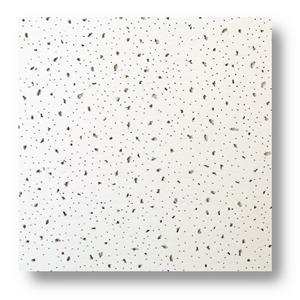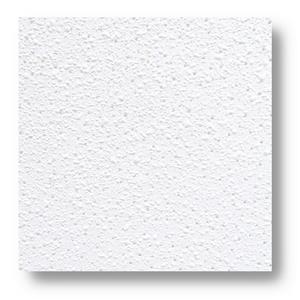Ceiling Tiles vs. Drywall: 7 Key Differences That Help You Choose the Best Option
When designing or renovating a space, the ceiling is often one of the most overlooked components. Yet, it plays a crucial role in the aesthetics, functionality, and comfort of any room. Among the two most common choices for ceiling finishes—Ceiling Tiles and drywall—how do you determine which one is best suited for your space?
At SLD, we specialize in manufacturing high-performance Ceiling Tiles using premium mineral fiber materials. These tiles offer durability, acoustic performance, moisture resistance, and easy installation. In this article, we’ll break down the 7 key differences between Ceiling Tiles and drywall to help you make an informed decision for your next construction or renovation project.
1. Installation Speed and Flexibility
Ceiling Tiles are significantly faster and easier to install than drywall. With a suspended grid system, tiles simply drop into place. This allows for faster construction timelines and minimal mess.
Ceiling Tiles: Pre-cut panels; no taping, sanding, or painting needed
Drywall: Requires taping, joint compound, sanding, and painting—labor-intensive
2. Maintenance and Accessibility
One of the standout benefits of Ceiling Tiles is easy access to overhead utilities such as HVAC, electrical wiring, or plumbing. Individual tiles can be removed without damaging the entire ceiling.
Ceiling Tiles: Modular and removable
Drywall: Requires cutting and patching for access to above-ceiling systems
3. Aesthetics and Design Options
While drywall offers a smooth, seamless finish, Ceiling Tiles come in a wide variety of textures, patterns, and edge designs, allowing for more customization and design flexibility.
Ceiling Tiles: Multiple styles including textured, patterned, and coffered looks
Drywall: Flat surface with limited finish options unless additional work is done
4. Acoustic Performance
In spaces like offices, schools, and healthcare facilities, sound control is vital. Ceiling Tiles are designed with sound-absorbing materials that reduce noise transmission and improve indoor acoustics.
Ceiling Tiles: High Noise Reduction Coefficient (NRC) ratings
Drywall: Poor sound absorption unless paired with special insulation or acoustic panels
5. Moisture and Mold Resistance
Especially in humid environments such as bathrooms, basements, or kitchens, Ceiling Tiles made from mineral fiber resist moisture and mold far better than drywall.
Ceiling Tiles: Mold- and mildew-resistant options available
Drywall: Susceptible to water damage and requires waterproofing treatment
6. Cost Considerations
While drywall may have a lower initial material cost, Ceiling Tiles save money in the long run through lower labor costs, easier repairs, and reduced maintenance.
Ceiling Tiles: Lower lifecycle cost; quick replacement of damaged tiles
Drywall: Cheaper materials but higher labor and repair costs
7. Sustainability and Environmental Impact
At SLD, our Ceiling Tiles are made with up to 80% recycled materials and are fully recyclable at end of life. Drywall, on the other hand, is harder to recycle and often ends up in landfills.
Ceiling Tiles: Eco-friendly, recyclable, low VOC emissions
Drywall: Contains gypsum; challenging to recycle, higher environmental impact
Final Verdict: Which One Should You Choose?
The decision between Ceiling Tiles and drywall depends on the specific needs of your space. If you're looking for faster installation, better acoustics, and easier maintenance, Ceiling Tiles are the clear winner. They are especially ideal for commercial environments, multi-unit housing, healthcare facilities, and any place where accessibility and durability matter.
However, for residential applications where a clean, flat finish is desired and ceiling access is not a priority, drywall remains a valid option.
At SLD, we recommend Ceiling Tiles for most modern interiors due to their performance, design flexibility, and environmental benefits.




